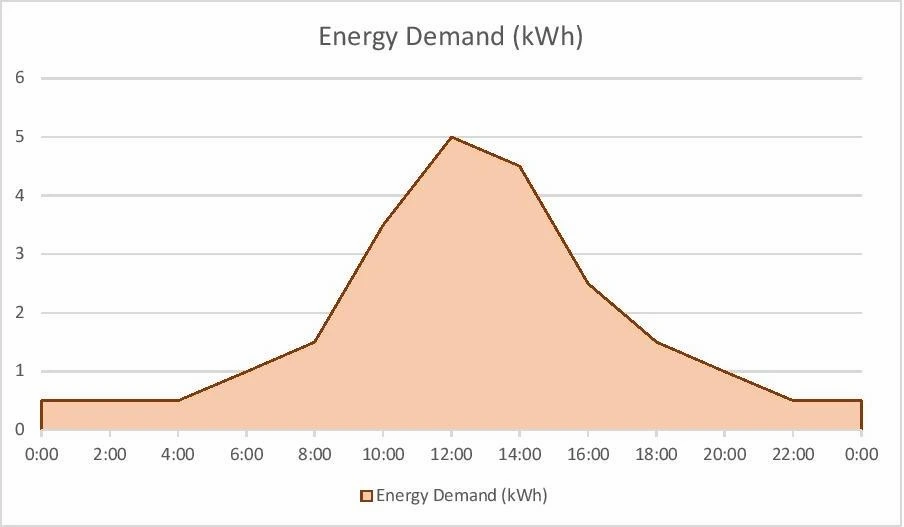
If you are a business owner, you have probably noticed on your commercial utility bill that the electric company charges you for more than what you actually use each billing cycle. This additional charge is known as the demand charges and is measured by how much stress your business puts on the power grid. Almost everyone is in search of some way to reduce their electricity bills. Some resort to less electricity usage during peak hours. Others cut down on the unnecessary lighting in their facilities, while others try to reduce the run-time of heavy appliances like water pumps and air-conditioners. To properly manage your electricity billings and cost, it is important to understand the basics of how they are calculated.
To understand demand charges, you need to understand that consumption is measured in kWh, and demand is measured in kW. Let us picture a scenario and proceed step by step. Let’s say an office has different electrical devices and appliances installed. The office opens from 7am-6pm and is closed down for the remaining part of the day. Even during the day-time, the electricity consumption is not uniform. As more and more employees show up in the office and start work on their computer systems, for example, the energy consumption increases. The energy consumption most likely hits its peak around noon, when the central air-conditioning is blazing, and all other appliances are in use. The graph below shows a typical energy consumption trend.

The energy charges on your bill will simply be a product of the power consumption of an appliance with the cost of a unit for electricity. For example, if a 100-Watt LED bulb is used for 16 hours, the total power consumption would be:

Depending upon this power consumption, the energy charge for this bulb would be:

The demand charge takes on another story. If the consumption rate of a facility is higher at a given time (12 noon in our example), the demand for electricity is higher. The grid will have to adjust according to this power need and make sure that the facility is supplied with this increased demand. This ability of the power grid to adjust according to the needs of different areas comes at a cost, as it requires maintenance and operations.
In order to meet the peak load of all the buildings at a given time, the grid must be prepared accordingly. Power plants need expensive infrastructure to make a power grid reliable, which costs money. Therefore, buildings are charged according to their demand level and the stress they put upon the power grid. The demand charges are thus based on-peak demand charge. These charges are applied for a fifteen-minute window when your business is consuming the most electricity. In the graph above, this office requires 5kWh of energy at its peak. If the electricity company has a demand charge rate of $6.00, they will be charged an additional $30 as a demand charge.
%20(1)_we.png)

コメント